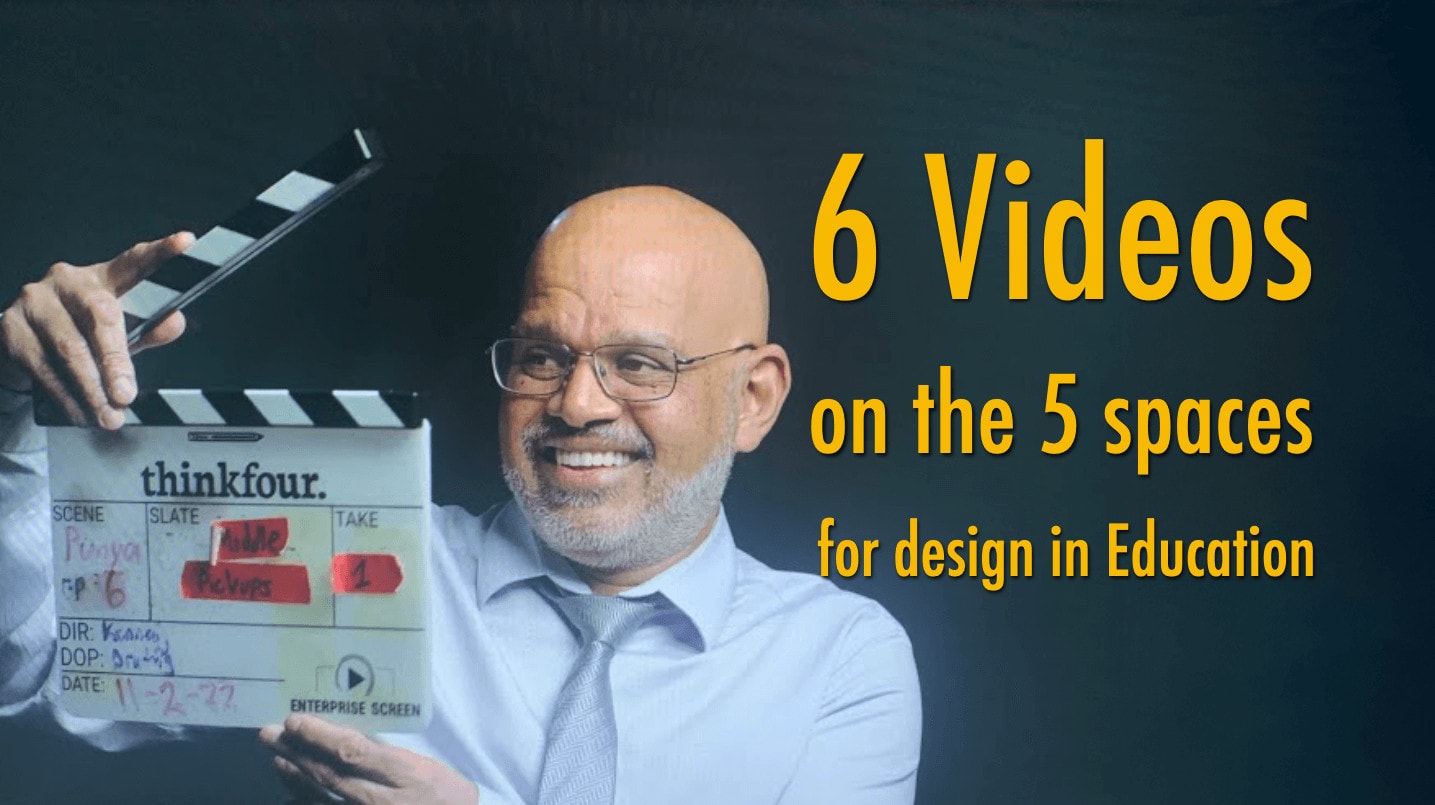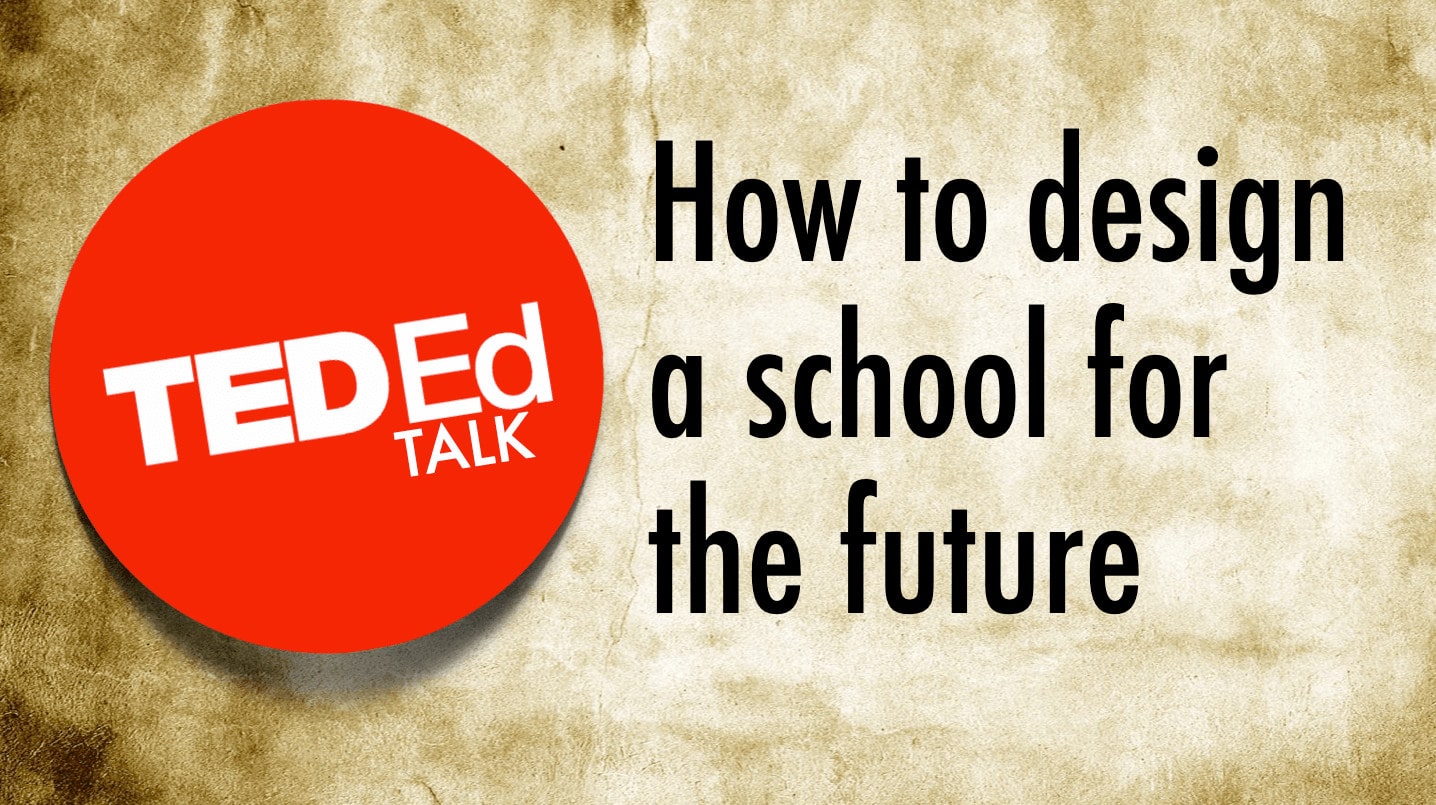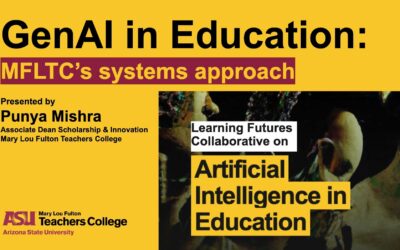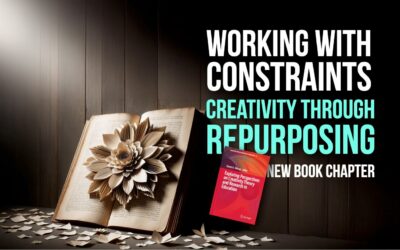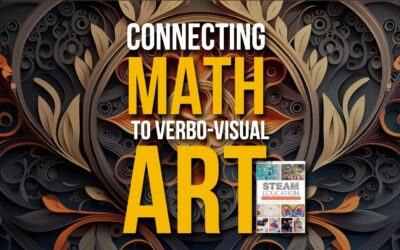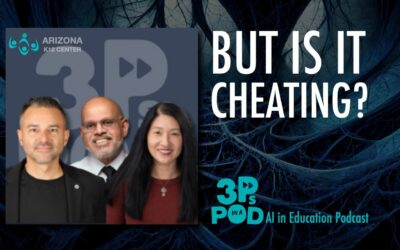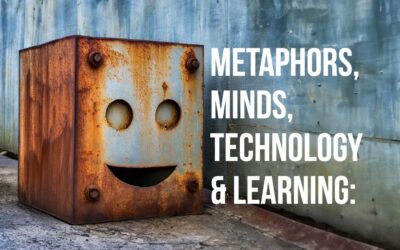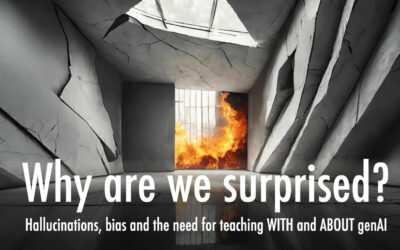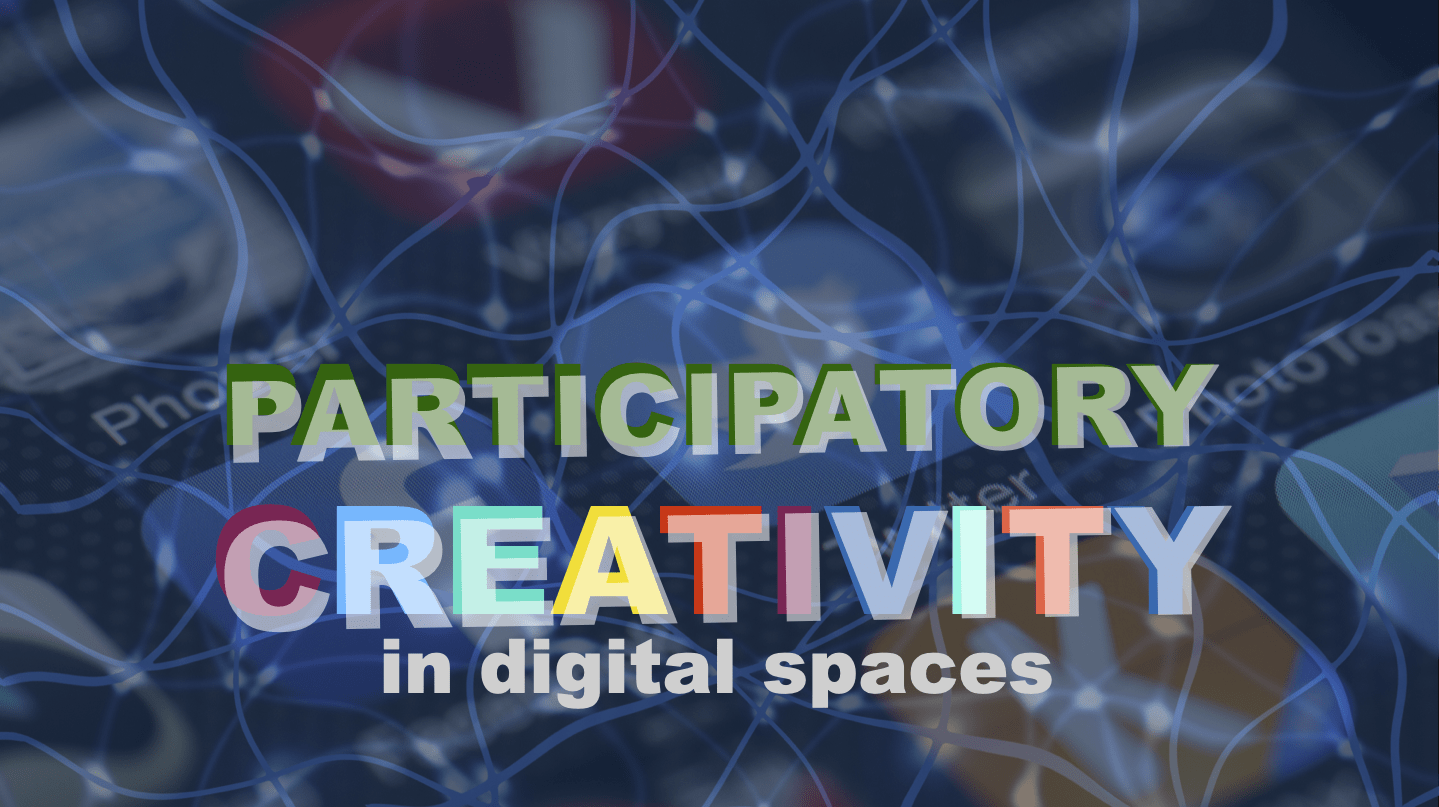Punya Mishra is Associate Dean of Scholarship & Innovation and Professor in the Mary Lou Fulton Teachers College at Arizona State University (with an affiliate appointment in the Design School). As associate dean, he leads a range of initiatives that provides a future-forward, equity driven, approach to inter/trans-disciplinary educational research. He is internationally recognized for his work in educational technology; the role of creativity and aesthetics in learning; and the application of collaborative, design-based approaches to educational innovation. He has received over $11 million in grants; published over 200 articles and edited 5 books. With over 58,000 citations of his research, he is ranked among the top 2% of scientists worldwide and the top 50 scholars (top 10 in psychology) who have the biggest influence on educational practice and policy in the United States. An AERA Fellow (2024), TED-Ed educator (2023), he co-hosts the award-winning Silver Lining for Learning webinar as well as the Value Laden and Learning Futures podcasts. He is also an award-winning instructor, an engaging public speaker, and an accomplished visual artist and poet. More here…
Must reads
Webinars & Podcasts:
Value Laden (archived)
Apple | Spotify | Simplecast
Blog Posts
GenAI in Education: MFLTC’s systems approach
Over two years ago we started a Learning Futures Collaborative focusing on the role of Artificial Intelligence in Education (The AI in Ed LFC). I like to emphasize the fact that we started the LFC BEFORE ChatGPT was released into the world. We were ahead of the curve....
Working with constraints: Creativity through repurposing
Teaching is an inherently creative act, requiring educators to navigate constraints and find innovative ways to engage students. In our recently published chapter, Danah Henriksen, Lauren Woo and I explore the notion of "repurposing" as a vital skill for fostering...
Connecting Math to Verbo-Visual Art: New Publication
Ambigrams are a form of visual wordplay in which words are written/designed such that they can be read or interpreted in multiple ways. Ambigrams exploit how words are written. In doing so, they bring together the mathematics of symmetry, the elegance of typography,...
But is it cheating? AI in Education podcast episode
I was recently invited as a guest on the 3Ps in a Pod, a podcast from Arizona Institute for Education and the Economy at Northern Arizona University and the Arizona K12 Center. I joined hosts Dr. Chad Gestson and Dr. LeeAnn Lindsey to discuss a topic that has been on...
Teacher Knowledge in an Age of Gen AI: SITE 2024 Keynote
16 years ago, Matt Koehler and I were invited to present a Keynote at the Society for Information Technology in Teacher Education (SITE) conference. That keynote changed our lives (link to YouTube video). I was invited back again this year for the same. A lot has...
Metaphors, Minds, Technology & Learning
Note: The shared blogging experiment with Melissa Warr and Nicole Oster continues. This time we delve into metaphors of the mind, technology and generative AI. The core idea and first draft came from Melissa, to which I contributed a substantial rewrite. The final...
Who speaks for the university? Social fiction as a lens for reimagining higher education futures
Note: Image above created using Adobe Firefly, Photoshop and composed in Keynote. A few years ago, I had the pleasure of connecting with author Dr. Phoebe Wagner through the Center for Science and the Imagination at Arizona State University. We discussed her...
Why are we surprised? Hallucinations, bias and the need for teaching with and about genAI
By Punya Mishra, Melissa Warr & Nicole Oster Note: This is the first post in an experiment at shared blogging by Melissa Warr, Nicole Oster and myself. Over the past months we have found ourselves engaged in some fascinating conversations around genAI, education,...
SITE 2024: A recap
The Society for Information Technology in Teacher Education (SITE) conference has been an integral part of my professional journey for over two decades. My first presentation at SITE was back in 2001 with Matt Koehler and through the years, SITE has played a pivotal...
… or check out some random blog posts
The attention economy and the future of education
Peter Hershock is an education specialist at the East-West Center in Honolulu and author of Buddhism in the Public Sphere. He was recently interviewed by Matt Bieber of The Wheat and Chaff. I found this interview fascinating, particularly the first half which spoke to...
My journey through design: Keynote at IDC
Design is core to my identity, to who I am. Education is the space within which I function but I try to approach everything I do as a designer. This was not always the case. Back in 1984, I had just graduated with an undergraduate degree in engineering, and if there...
Creativity and Mindfulness at Work
The next article in our series around mindfulness, creativity, technology and learning focuses on the work of Dr. Erik Dane. (This is part of a larger series that we been working on now for almost 10 years for the journal TechTrends). The first article set the stage...
Of teaching & cooking
Elizabeth Helfant over at Digital Learning Environments Blog has an interesting posting titled The Pancake principle. She makes a connection between technology integration and making pancakes, and offers three tenets of the Pancake principle. This posting is inspired...
Inspiring creativity, when more is more…
We have all heard the statement that "less is more" and in many instances that may actually be true. Good design, for instance, often is based on the KISS principle, which, come to think of it, maybe an example of Less is More. That said, there may be situations where...
Youth participatory creativity in digital spaces
Ioana Literat is Assistant Professor in the Communication, Media, and Learning Technologies Design program at Teachers College, Columbia University, and the Associate Director of the Media & Social Change Lab (MASCLab). Her research focuses on the dynamics of...
The reductive seduction of other people’s problems
The reductive seduction of other people's problems, Illustration by Punya Mishra Anurag Behar forwarded an article: The Reductive Seduction of Other People’s Problems, which I really think is a must-read for any of us involved in education or development. The...
You have been terminated: A case for humane design
Good design cares about details. Good design is humane. Bad design is neither. Designers must bring this attention to detail and humanity to every aspect of their work. And this applies even the invisible parts. This, caring for the "invisible" details, is captured in...
Personality analysis of my blog
As you know I am always intrigued by a new breed to personality analysis tools that are out there in the world (for instance see these prior postings: on PersonalDNA; on Color IQ; and browsing for gender). So here is this new website that seeks to analyze me by...



